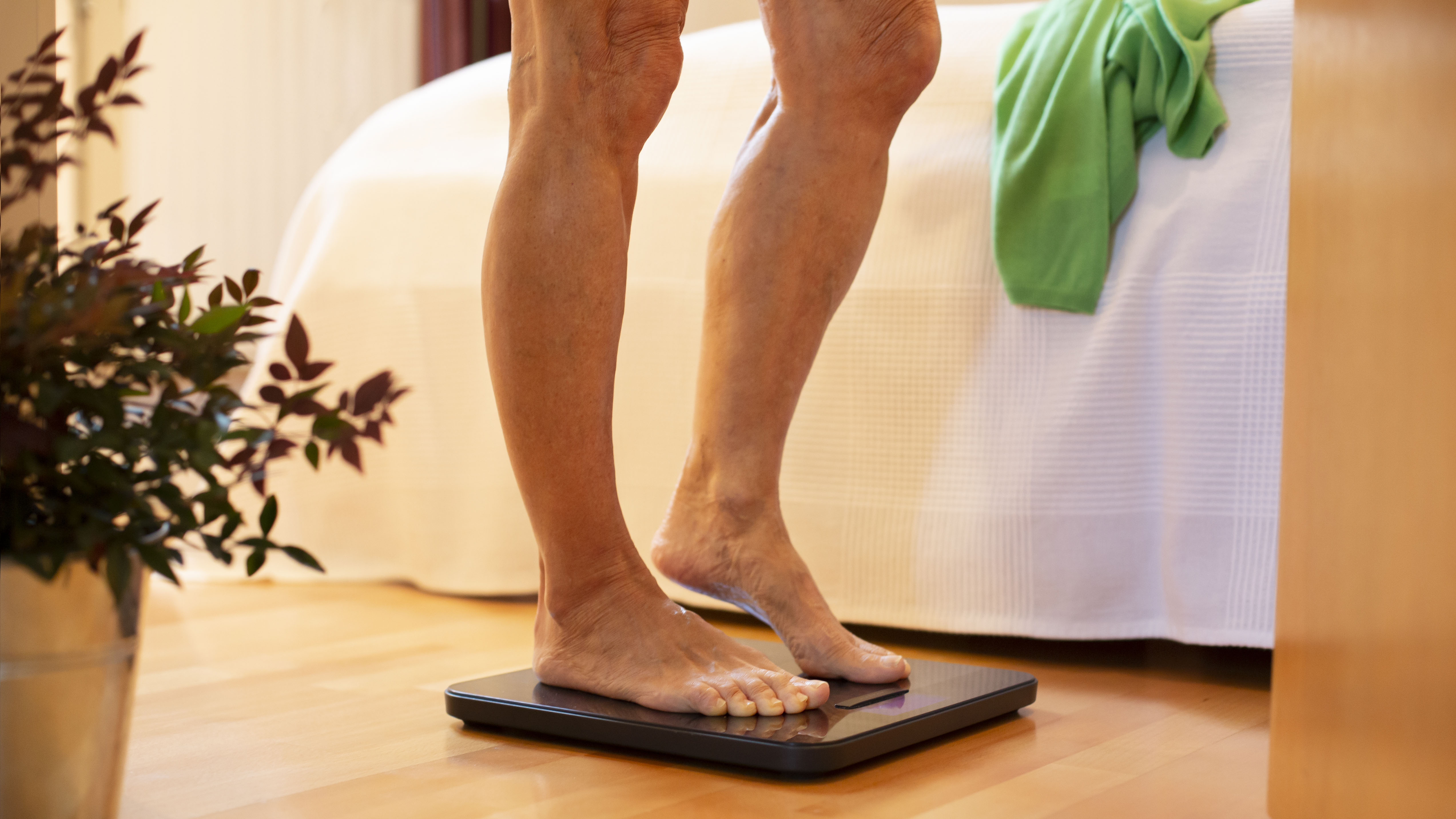BMI: How to calculate it and what it really means for your health
Your BMI is used to define how healthy you are, but does it tell the whole story?

If you’ve ever had a standard check-up with your physician or other healthcare provider, it’s likely they calculated your BMI. This is a simple formula using your height and your weight to work out whether you are carrying too much fat.
It’s been a standard way of judging a person’s health since the early 20th century (with tweaks along the way) but although it gives a good outline of the condition that person is in, being such a simple test, it isn’t the complete picture and should be looked at alongside other considerations.
To get the most accurate picture of how healthy an individual is, it’s important to look at what BMI doesn’t take into account. Although BMI is a good starting point, considering the age, sex, ethnicity and build of a person will help create a better outline of that person’s situation and whether they need to make changes to their lifestyle. There are also other ways to measure body fat that could be more accurate – but these are usually based on more complicated calculations.

A practicing doctor for 16 years, UK-based Dr Juliet McGrattan is now an award-winning author and run coach. In addition to her years spent as a GP, she was also the lead clinical champion for physical activity in the North-West for Public Health England.
What exactly is BMI?
BMI stands for ‘Body Mass Index’ and it is commonly used to ascertain whether a person is at risk of obesity or being underweight. BMI measurements correlate with many obesity-related health issues, so it is a valid starting point when looking at a person’s state of health. It’s also easy to understand since it’s based on a numerical scale.
Each entry on the scale relates to the number of kilograms per square-metre (so a BMI of 25 would be 25kg/m²).
According to the CDC, a BMI of less than 18.4 on the scale is deemed to be ‘underweight’. For most individuals, a BMI between 18.5 and 24.9) is considered normal or acceptable, while people between 25 and 29.9 are categorized as being ‘overweight’. Anyone with a BMI of 30 or more is considered ‘obese’.
Yet since a person’s BMI isn’t focusing exclusively on fat and also includes muscle and other tissues, it is not a complete assessment on its own.
| BMI | Weight Status |
|---|---|
| Below 18.5 | Underweight |
| 18.5 - 24.9 | Normal |
| 25.0 - 29.9 | Overweight |
| 30.0 and above | Obese |
- Read more: Best exercise machine to lose weight
How do I calculate my own BMI?
To work out your BMI, you need to know:
- How much you weigh
- How tall you are
This can be in metric or imperial measurements. There is a formula for both.
For metric, you simply work out your height in centimetre-squared, then use this number to divide your weight in kilograms (weight ÷ height²).
For imperial, work out your height (in inches) and use the number to divide your weight in pounds (weight (lbs) ÷ height (in)²). This time, also multiply by 703.
For an easy way to work out your BMI, you could use one of the many online calculators available, where you input your weight and height and it figures it out for you.
What is BMI used for?
Health care professionals use BMI to help them assess their patients' risk factors for certain weight-related health conditions.
“Measuring your BMI can help to guide you and your nurse or doctor, as to whether you are a healthy weight.” says Dr Juliet McGrattan, former GP and author of Sorted: The Active Woman’s Guide to Health. “There are health risks associated with being both overweight and underweight.”

Working out your BMI is not only useful on a personal level, though. “BMI can be used at an individual level to help you decide if you need to gain or lose weight but it is also used at a wider level where it indicates the health of populations,” Dr McGrattan adds.
So knowing the average BMI of a population, in collaboration with other health statistics, can give health professionals more information on how to target communities that may need additional help with their lifestyle and healthcare options.
Should I worry about a high or low BMI?
If you’ve put your details into a calculator and the results aren’t within the ‘healthy’ margins, don’t panic.
“It’s important to know that BMI is just a guide and can be misleading in some people. For example, if you are very muscular, your BMI may indicate that you are overweight when you are in fact very healthy,” says Dr McGrattan.
But it’s always worth checking if you’re not sure, as there are risks associated with being on either side of the ‘unhealthy’ parameters:
“If your BMI is outside of the healthy range, then it’s a good idea to discuss it with your doctor,” Dr McGrattan adds. “A very low BMI could put you at an increased risk of medical conditions including osteoporosis where bones are thin and fracture easily.
“There are also many known health risks associated with being overweight or obese, such as type 2 diabetes, heart disease and many types of cancer. Your doctor can help you work out what your BMI reading means for you personally and whether there are steps you need to take to correct it.”
Is BMI an accurate measure of my health?
BMI is a good starting point but some researchers would argue that BMI is not a good measure of healthy weight. As McGrattan explains, “Your BMI does not tell the whole story. Someone with a BMI in the normal range can be very unhealthy if they don’t do regular exercise, or they smoke or drink excess amounts of alcohol.

“Similarly, someone with a high BMI can be fitter and healthier than someone with a low BMI. It’s all down to a question of their lifestyle and habits. BMI always needs to be interpreted alongside other factors such as lifestyle, ethnic group and other medical conditions a person might have.”
As mentioned earlier, the main drawback of BMI is that it doesn’t measure fat exclusively, nor does it measure where that fat is distributed on the body. It is, therefore, important to look at a BMI score in conjunction with other tests such as waist measurement to quickly establish whether a person is healthy or needs further help.
“Remember, too, that good overall health includes both physical and mental health and BMI does not measure your mental health,” says Dr McGrattan.
BMI remains a good way to quickly get a picture of a person’s health, but is not a one-size-fits-all solution and should be looked at alongside other considerations such as lifestyle, build, sex, age, ethnicity and overall health of the individual.
If you are at all concerned about your health in relation to your BMI, ask your doctor or nurse for advice.
This article is not meant to offer medical advice and readers should consult their doctor or healthcare professional before adopting any diet or treatment.
Sign up for the Live Science daily newsletter now
Get the world’s most fascinating discoveries delivered straight to your inbox.
Amy Curtis is a personal trainer, Pilates instructor and freelance journalist, based in London. She has worked as a magazine editor for Running and Outdoor Fitness and contributed to fitness websites including run247.com and getsweatgo.com. She specialises in women’s fitness, helping women through different stages of their life, from pregnancy to post-natal to menopause. She also works with runners, in particular using Pilates to help build strength for training. Amy is a keen runner herself, and has covered distances from 5km to ultra-marathon.

